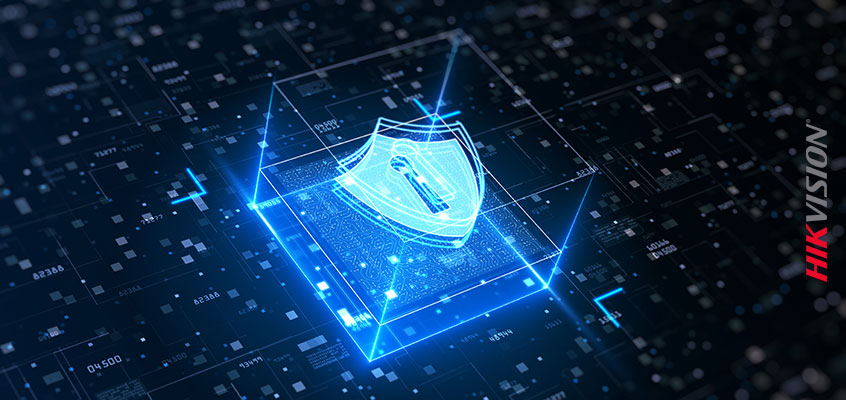Cybersecurity Best Practices – Useful Information from Canadian Security Magazine

Hikvision fully understands the importance of cybersecurity best practices within any kind of connected organization. In addition to the resources found in our online cybersecurity center, we also seek to bring relevant cybersecurity articles to your attention at all times to help keep you and your organization safe.
A recent article from Canadian Security Magazine discussed creating a resilient cybersecurity culture and how that starts with a human-centric approach. Building a security culture is more than just cybersecurity awareness. It also includes knowing and integrating critical processes. Effective cybersecurity culture means acknowledging that well-informed personnel are truly your first line of defense and the most efficient response to cyber-attacks.
Be sure to prioritize these best practices (listed in the Canadian Security Magazine article):
- Enable Multifactor Authentication – Weak login credentials can provide attackers with easy entry to gain unchallenged access to corporate resources. MFA adds an additional layer of defense by requiring users to provide two or more forms of authentication to access an account.
- Apply Least Privilege Access – Prevent attacks from spreading across the network by applying least privilege access principles that limit user access with just in time and just enough access, risk-based adaptive policies and data protection to help secure both data and productivity.
- Stay Up to Date – Mitigate the risk of software vulnerabilities by ensuring your organization’s devices, infrastructure and applications are kept up-to-date and correctly configured.
- Utilize Anti-malware – Stop malware attacks from executing by installing and enabling anti-malware solutions on endpoint devices.
- Protect Data – Implement information protection best practices such as applying sensitivity labels as well as data loss prevention policies.
Password managers and multi-factor authentication are also extremely important components for strong cybersecurity. Read this Hikvision blog to learn more about these topics.
As always, feel free to make use of the wide range of resources found in our online cybersecurity center.
